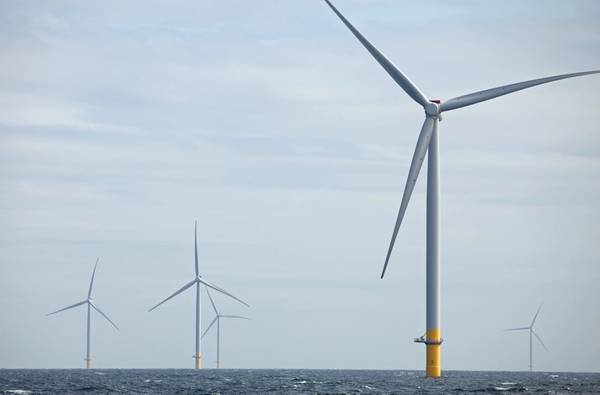
Neptune Energy has signed a Memorandum of Understanding with Ørsted and Goal7 to investigate using offshore wind-generated electricity to power new integrated energy hubs in the UK North Sea.
Integrated energy hubs have the potential to combine multiple energy systems, including existing oil and gas production assets, carbon storage and hydrogen production facilities. They could extend the life of producing fields and support the economic case for electrification with renewable energy, to keep carbon emissions low, Neptune Energy said.
The companies will investigate the possibility of supplying renewable electricity from Ørsted's Hornsea offshore windfarm projects to power future Neptune-operated hubs in the UK North Sea. Goal7 will provide project management support and technical input.
Neptune Energy’s Director of New Energy, Pierre Girard, said: “The development of integrated energy hubs is an important part of Neptune’s strategy to store more carbon than is emitted from our operations and the use of our sold products by 2030.
“Neptune has submitted three applications under the recent Carbon Dioxide Appraisal and Storage Licensing Round, and securing the licences would enable us to develop future proposals for integrated energy hubs in the UK North Sea.
“In parallel, the agreement with Ørsted and Goal7 will support research into the potential use of wind-generated renewable electricity to power these hubs, which could comprise new and repurposed offshore assets and bring together hydrogen production and carbon injection facilities.”
Duncan Clark, Ørsted’s Managing Director Offshore and Country Chair UK&I, said: “The UK is a world leader in deploying offshore renewable energy and it is crucial that we use this clean technology as effectively as possible, finding new and alternative routes to market to ensure we are able to maximize the use of renewable power at the time it is produced.
“We must continue taking action to limit the damaging effects of climate change. Supporting the decarbonization of other industrial sectors and providing renewable energy to enable more sustainable carbon storage is an important consideration as the UK transitions towards a low-carbon economy.
“As we build out the largest offshore wind zone in the world with our Hornsea projects and demand for electricity continues to increase, optimising production of these huge offshore assets will bring even greater value to consumers and support the UK’s efforts to meet its 2050 net zero commitments.”
The North Sea Transition Authority is due to award storage licences early in 2023.